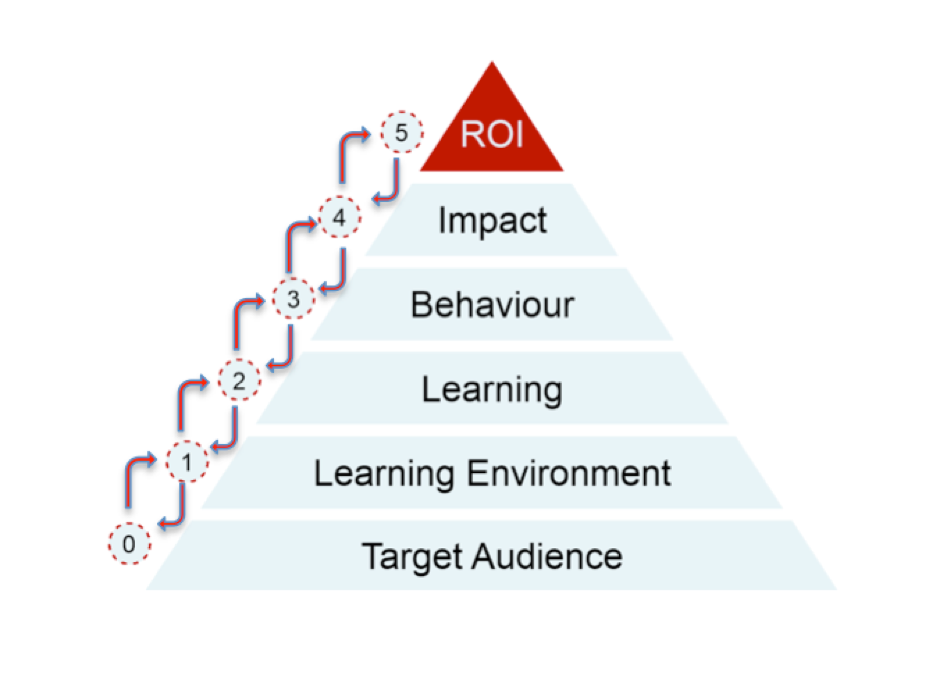AIEA member Performance and Event Management Limited (PAEM) reflects on the significance of ROI methodology in planning events. This blog is a response to questions raised by an Association Meetings specialist about whether focus on Return On Investment was having a negative impact on meetings. PAEM thinks the opposite.
Association Meetings International (AMI) publishes a monthly online magazine for association meetings organisers. Although we work in the corporate sector, we have many interests in common, of which ROI is one. A contributor recently raised questions about the importance of return on investment, which prompted us to review our own thoughts on the subject.
Event ROI methodology should enhance the effectiveness and reinforce the relevance of face-to-face meetings (or any live event), not detract from them. It is not just about money.
Influencing attitudes and behaviour are key outcomes that help to “justify” meetings expenditure. Event ROI provides a formula for presenting the event sponsor with powerful evidence of the impact on the target audience.
This is a complex and nuanced subject however and a short answer does not do it justice. We fully respect the knowledge and opinions of other commentators, but welcome this opportunity to contribute to the debate.
Here are our thoughts, summarised in five parts.
Issues
1a) Financing meetings and events
Who pays? He or she who pays the piper always calls the tune, so they need to be impressed by the performance. Even the most “creative” and accomplished event organiser must deliver positive, tangible results to sustain their reputation.
1 b) Justifying meetings and events
Who decides? The event organiser must agree clear aims with the sponsor (client) in the planning process. Objectives can be quantitative or qualitative. If they are not specified in advance, and there is disagreement over the outcomes, there are no winners!
Aspects
2a) For “delegates” (participants, guests, conscripts)
Does the event provide a unique opportunity for improvement and development? If so, how can that be identified and described?
2b) For “sponsors” (clients, financiers, investors)
Does the event enable access to and engagement with a valuable target audience? Will it allow the sponsor to achieve a satisfactory degree of influence over them?
Threats
3a) Complacency and naivety (organiser or sponsor)
Have both or all members of this enterprise “partnership” understood and acknowledged the difficulty of achieving excellent results from the planned event? Have they discussed and dealt with the awkward questions? Have they seriously considered the cost of failure?
3b) Lack of clarity or purpose (organiser, sponsor and delegates)
Has the need for clarity and purpose been honestly and openly addressed at the early stage of planning? Have opinions and expectations been canvassed from all interested parties? Will these questions be resolved to everyone’s total satisfaction before decisions are made?
3c) Competing priorities (sponsor)
Is the organiser confident that the sponsor is fully convinced and committed to the idea of a live event as the right solution to their needs? Will sufficient and appropriate resources (financial and material) be invested to ensure success, or are uncomfortable compromises being made?
3d) Social media and digital communications (sponsor, delegates)
Nobody can deny that social media has pervaded every area of enterprise and competes for the attention of the target audience, whatever their demographics. Can the organiser confidently demonstrate the unique benefits of a live event in terms of building relationships, affecting attitudes and behaviour and delivering different and better outcomes than would otherwise be possible?
Opportunities
4a) USPs of live events
There are definite unique aspects of live events that must be celebrated and illustrated, to constantly remind clients that face-to-face personal interaction yields unique opportunities. Whether we call it “experiential” or not, the fact is that live events create a special atmosphere of shared knowledge, ideas, and emotions.
4b) Changing attitudes
Again, using Event ROI it is possible to establish how attitudes have changed as a result of a live event. Participation in a meeting or other live event can and should improve understanding and lead to greater awareness of the sponsor’s agenda. That in turn can lead to improved attitudes towards the sponsor, resulting in acceptance of and support for policy, services or products.
4c) Changing behaviour
The underlying purpose of Event ROI is to help achieve a desired change of behaviour, or continued commitment to existing protocol. Live events are above all intended to provoke specified behaviour in participants after they leave the event. Other forms of internal communication or marketing seldom have the same longer-term effect and are often harder to measure precisely.
Measurement
5a) Event ROI addresses the issues that concern both financiers and delegates and provides a system for assessing how well objectives and expectations are met. That is a dramatic demonstration of the effectiveness of the methodology and makes it much easier for event organisers to ask the client for the next order while they are signing off the event that’s just finished!
5b) If they are to be taken seriously, internally and externally, event organisers must be accountable and willing to be judged by the results they produce. Enterprise leaders know that you cannot manage what you do not measure. Event organisers will only be respected if they help their clients to manage successfully.
Steve Pinnock – Performance & Event Management www.paem.co.uk Tel: 01832 359162

